Val Dol Sol (Made in Portugal) orange glazed ceramic mug: 19,000 ppm Lead (Please do not use ceramics from Portugal for food-use in the absence of independent testing!)
For those new to the Lead Safe Mama website:
Tamara Rubin is a multiple-federal-award-winning independent advocate for childhood Lead poisoning prevention and consumer goods safety, and a documentary filmmaker. She is also a mother of Lead-poisoned children (two of her four sons were acutely Lead-poisoned in 2005).
- Tamara owns and runs Lead Safe Mama, LLC — a unique community collaborative woman-owned small business for childhood Lead poisoning prevention and consumer goods safety.
- Since July 2022, the work of Lead Safe Mama, LLC has been responsible for six product recalls (FDA and CPSC).
- All test results reported on this website are science-based, accurate, and replicable.
- Please check out our press page to see some of the news coverage of our work, linked here.
Reading #1) orange glaze
60-second reading
Not safe for food use
- Lead (Pb): 12,300 +/- 100 ppm
- Cadmium (Cd): 258 +/- 6 ppm
- Mercury (Hg): non-detect
- Bromine (Br): non-detect
- Chromium (Cr): 254 +/- 103 ppm
- Iron (Fe): 2,657 +/- 77 ppm
- Cobalt (Co): 104 +/- 26 ppm
- Copper (Cu): 224 +/- 16 ppm
- Zinc (Zn): 11,700 +/- 100 ppm
- Zirconium (Zr): 7,921 +/- 93 ppm
- Barium (Ba): 1,621 +/- 31 ppm
- Platinum (Pt): 53 +/- 32 ppm
- No other metals detected in consumer goods mode.
Reading #2) orange glaze – interior of cup
60-second reading
- Lead (Pb): 18,700 +/- 200 ppm
- Cadmium (Cd): 412 +/- 10 ppm
- Mercury (Hg): non-detect
- Bromine (Br): non-detect
- Chromium (Cr): 235 +/- 112 ppm
- Iron (Fe): 1,080 +/- 63 ppm
- Copper (Cu): 190 +/- 17 ppm
- Zinc (Zn): 13,400 +/- 200 ppm
- Zirconium (Zr): 11,100 +/- 200 ppm
- Barium (Ba): 1,787 +/- 40 ppm
- No other metals detected in consumer goods mode.
Reading #3) unglazed edge on bottom
30-second reading
- Lead (Pb): 7,248 +/- 129 ppm
- Cadmium (Cd): 175 +/- 8 ppm
- Mercury (Hg): non-detect
- Bromine (Br): non-detect
- Chromium (Cr): 419 +/- 176 ppm
- Iron (Fe): 22,200 +/- 400 ppm
- Copper (Cu): 140 +/- 24 ppm
- Zinc (Zn): 4,625 +/- 107 ppm
- Zirconium (Zr): 4,322 +/- 84 ppm
- Barium (Ba): 1,422 +/- 45 ppm
- No other metals weredetected in consumer goods mode.
Reading #4) logo area on bottom
60-second reading
- Lead (Pb): 19,000 +/- 200 ppm
- Cadmium (Cd): 457 +/- 11 ppm
- Mercury (Hg): non-detect
- Bromine (Br): non-detect
- Chromium (Cr): 176 +/- 116 ppm
- Iron (Fe): 903 +/- 63 ppm
- Copper (Cu): 232 +/- 19 ppm
- Zinc (Zn): 13,200 +/- 200 ppm
- Zirconium (Zr): 11,900 +/- 200 ppm
- Barium (Ba): 1,820 +/- 42 ppm
- No other metals were detected in consumer goods mode.
More details and related links will be published shortly.
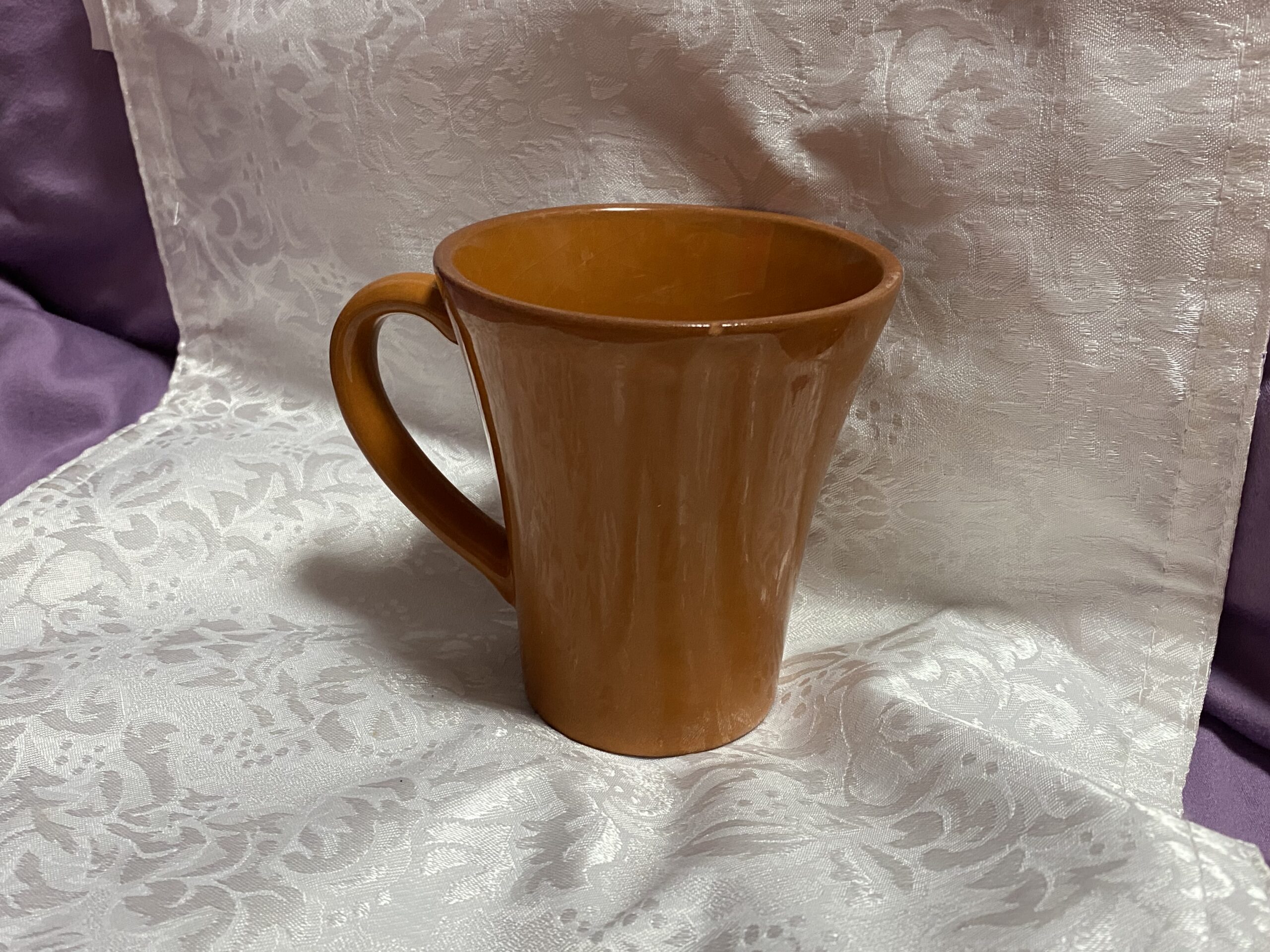
Never Miss an Important Article Again!
Join our Email List


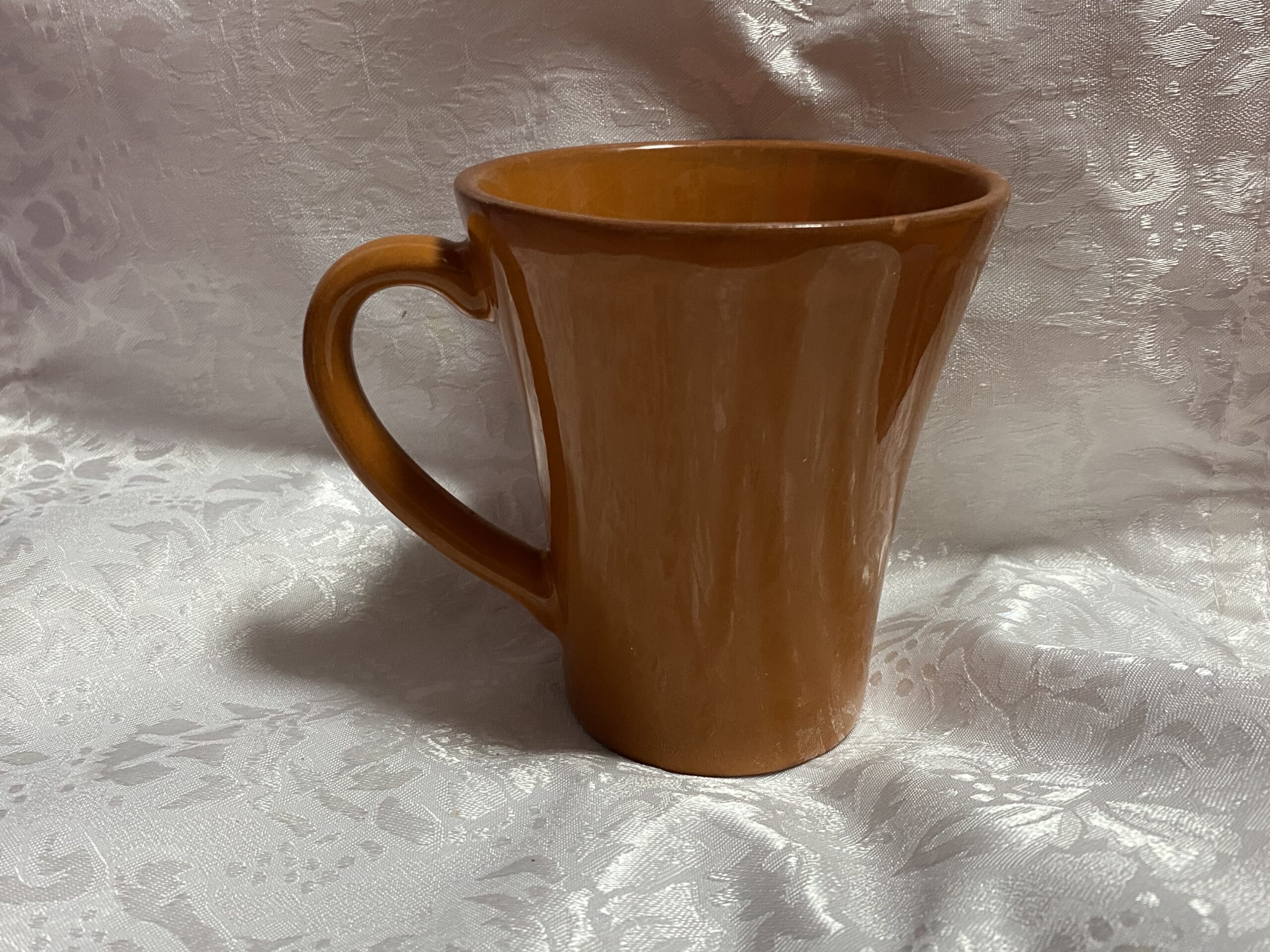
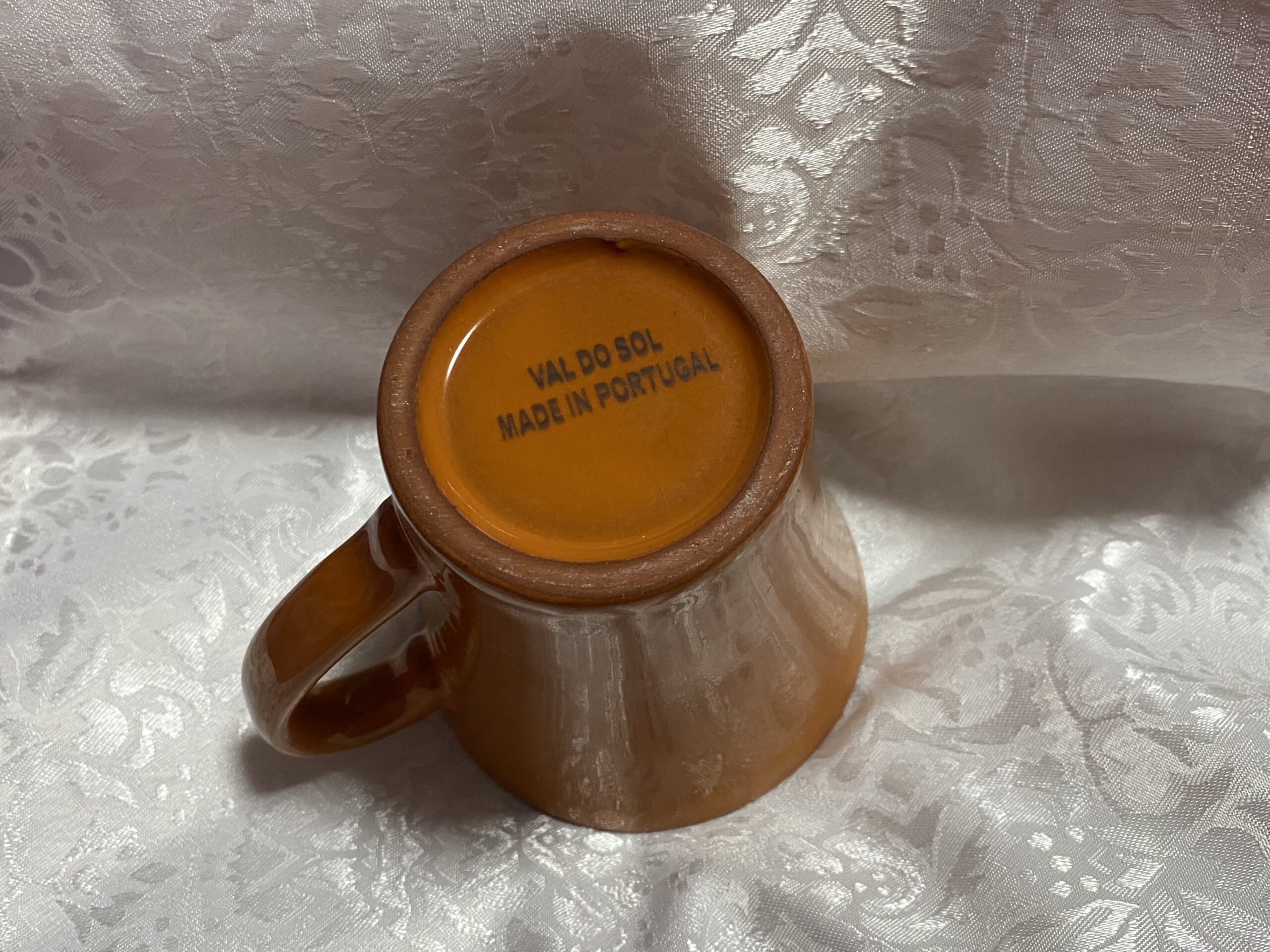
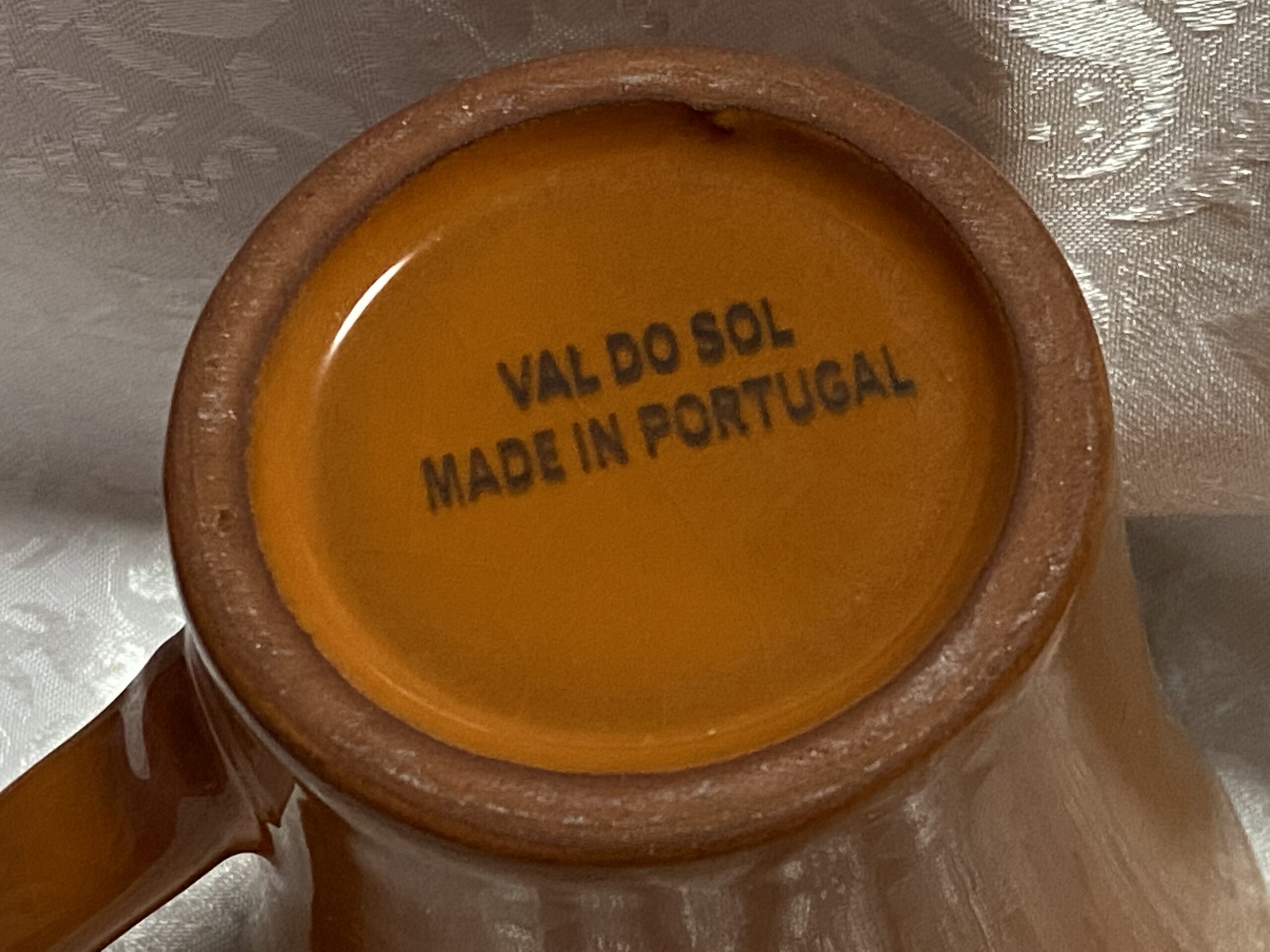



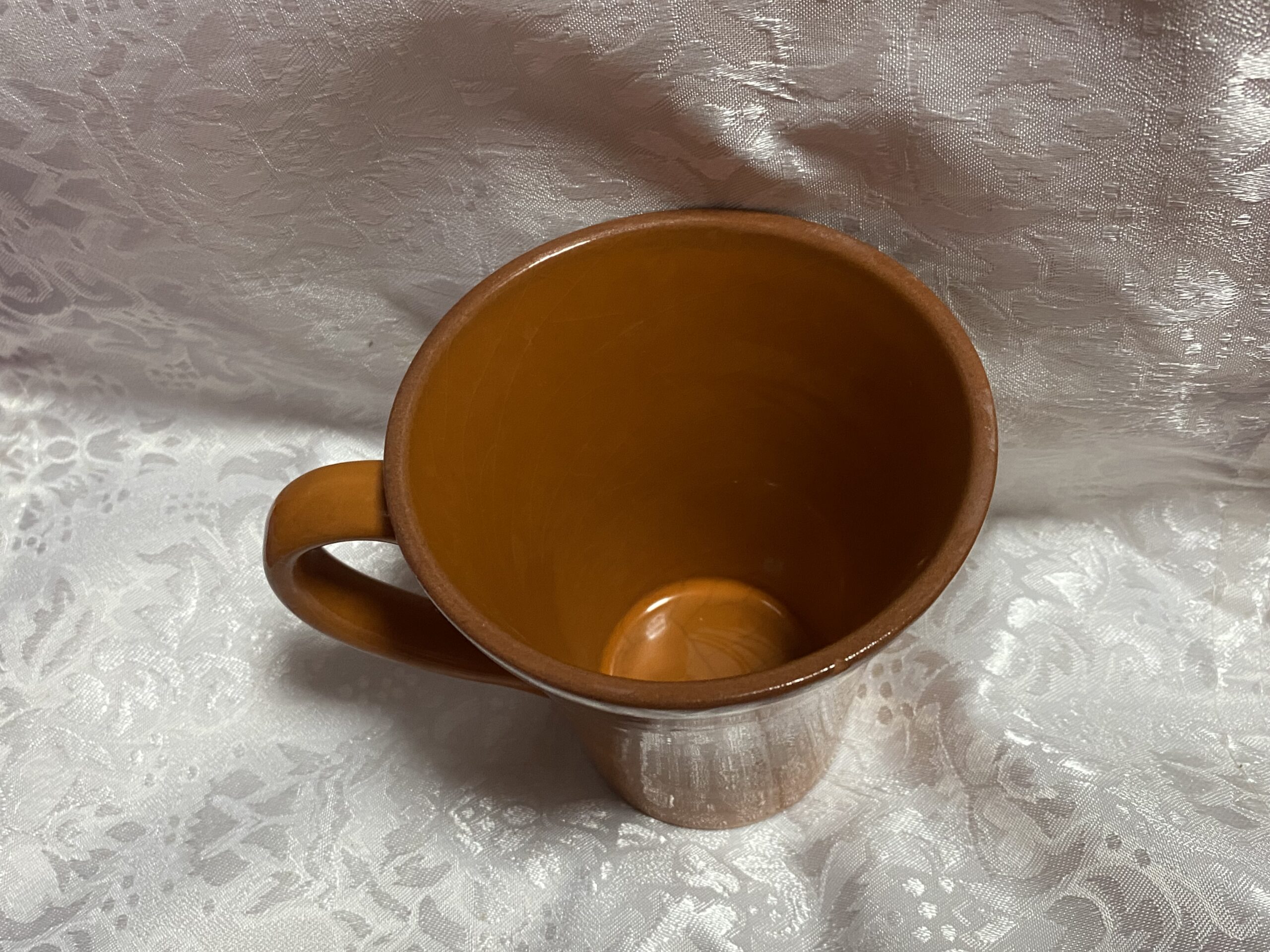

Could you elaborate on your broad statement “Please do not use ceramics from Portugal for food use in the absence of independent testing.” Soooooo much earthenware is sourced from Portugal. I’m very concerned about products that I have purchased, even fairly recently. Thank you for your work. This is truly eye-opening information and a daunting undertaking.
Check out the “Made in Portugal” category of posts on the blog:
https://tamararubin.com/category/made-in-portugal/
Even many new “Made in Portugal” posts are positive for high levels of Lead.
The handmade (or handmade style) pieces are especially concerning.
Tamara